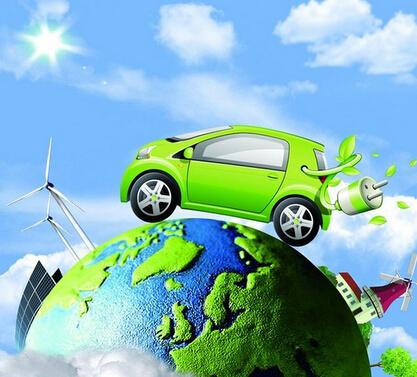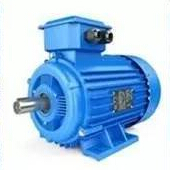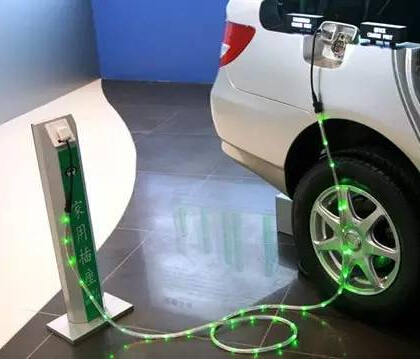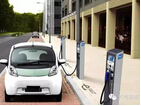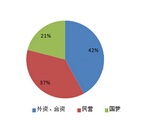the "Regulations on Investment Management of the Automobile Industry" issued by the National Development and Reform Commission on December 18, since January 9 next year, the plug-in hybrid model has been placed on the fuel truck! This will mean that plug-in hybrid models will no longer enjoy new energy subsidies and car purchase targets in the future!
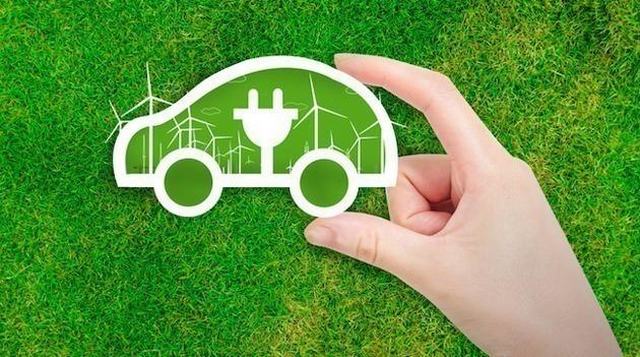 Returned to the fuel car, plug-in hybrid is no longer a new energy!
Returned to the fuel car, plug-in hybrid is no longer a new energy!
The regulations show that since January 10, 2019, in the field of vehicle investment projects, hybrid vehicles and plug-in hybrid vehicles will be classified as fuel vehicles. The electric vehicles are only for the extended-range electric vehicles and fuels driven by electric motors. Battery electric cars, pure electric electric cars, etc.! This means that plug-in hybrids are no longer a new energy vehicle, and they will not be able to enjoy the car subsidies for new energy vehicles and free green cards like other new energy vehicles.
Previously, according to the definition of new energy vehicles, new energy vehicles include pure electric vehicles, extended-range electric vehicles, hybrid vehicles, fuel cell electric vehicles, hydrogen engine vehicles, and other new energy vehicles, including high-capacity energy storage devices such as supercapacitors and flywheels. Car. In China, new energy vehicles generally refer to energy-saving vehicles such as pure electric vehicles, extended-range electric vehicles, plug-in hybrid vehicles and fuel cell electric vehicles, and conventional hybrid vehicles.

Is the insertion mix more popular than pure electricity? Policy regulation will change the market structure!
From the perspective of market promotion effects, plug-in hybrid vehicles do have certain advantages over pure electric vehicles. Due to the short cruising range of pure electric vehicles, battery attenuation problems, long charging time, and imperfect supporting facilities, it has been widely criticized. Hybrid models have two sets of power systems, which have low dependence on batteries and charging piles. They can be used as ordinary fuel vehicles in the absence of electricity, and the convenience is relatively higher. At the same time, the current hybrid vehicle with a battery life of more than 50 kilometers can enjoy state subsidies, although the amount is not as good as pure electric vehicles, but the overall situation, in the case of limited line restrictions, people have to use new energy vehicles, and plug-in hybrid Undoubtedly considered the best choice for the transition period, the acceptance of the mixed-mix models in the market is also higher.

Pure electric, extended program, fuel cell vehicles will become the future three major battlefields
In fact, the automobile industry investment management regulations are more like the wind vane of the development of the automobile industry. The plug-in hybrids are excluded from the ranks of new energy vehicles. Not only the enterprises with large sales of plug-in hybrid models will be affected, but also the development of new energy vehicle market in the future. The direction will also change!
At present, BYD, SAIC Roewe, Geely, and BMW, which have relatively large sales volume of mixed-mix vehicles on the market, will be greatly affected. According to the OFweek industry research data, in the first 11 months, the cumulative sales volume of the BYD Qin, Song and Tang models has exceeded 100,000 units, a total of 107,884 units. The total sales of SAIC Roewe ei6 and eRX5 vehicles also reached 54010; in the joint venture, the total sales of the BMW 530Le and X1 PHEV reached 19,786. As the plug-in models no longer belong to new energy vehicles, the sales of these models will be affected to some extent in the future.
 Previously, a transitional approach to plug-in hybrid operation for the promotion period of new energy vehicles has been vigorously promoted! As the new energy vehicle market matures, people's acceptance of pure electric power is getting higher and higher. The classification of plug-in hybrid vehicles into the ranks of fuel vehicles is a means of controlling the accelerated development of the pure electric vehicle market under the growth of the PHEV market, national policy control indicators!
Previously, a transitional approach to plug-in hybrid operation for the promotion period of new energy vehicles has been vigorously promoted! As the new energy vehicle market matures, people's acceptance of pure electric power is getting higher and higher. The classification of plug-in hybrid vehicles into the ranks of fuel vehicles is a means of controlling the accelerated development of the pure electric vehicle market under the growth of the PHEV market, national policy control indicators!
The automobile industry investment management regulations are more like the wind vane of the development of the automobile industry. After plugging in the hybrids and eliminating the ranks of new energy vehicles, the new energy vehicle market will also undergo major changes in the future. Pure electric, extended-range electric vehicles and fuel cell vehicles will become the main battlefield of new energy, but the competitive landscape of the three remains to be seen!
















 RCCN WeChat QrCode
RCCN WeChat QrCode Mobile WebSite
Mobile WebSite